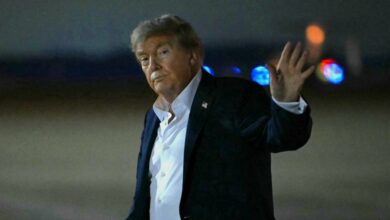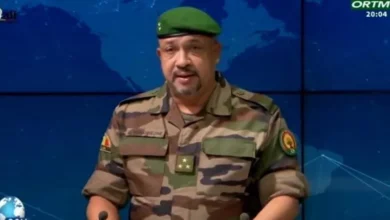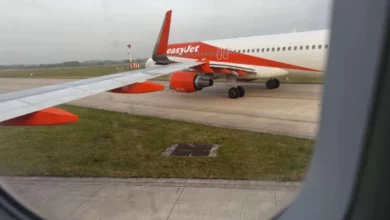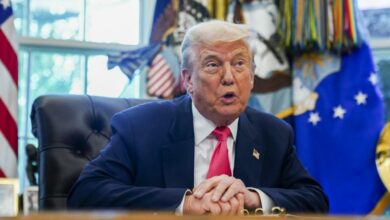Turkey strikes Kurdish sites after attack kills five near Ankara


Turkey’s government says its military has struck sites in Iraq and Syria linked to Kurdish militant group the PKK, killing 59 “terrorists”, after blaming it for an attack near Ankara that killed at least five people.
Various videos from the attack earlier on Wednesday show at least two people firing guns around the entrance of Turkish Aerospace Industries (TAI), which is located some 40km (25 miles) outside the capital.
No group has claimed responsibility for the attack, in which 22 people were injured.
Turkish defence ministry initially said that 32 targets “belonging to the terrorists were successfully destroyed” in the retaliatory attacks, before increasing the number of targets destroyed to 47.
President Recep Tayyip Erdogan called the attack on TAI “heinous” in a post on X.
Interior Minister Ali Yerlikaya said that two attackers, a woman and a man, had been “neutralised”, adding that the attack had most likely involved the PKK.
Yerlikaya later wrote on social media that the male attacker had been identified as PKK member Ali Orek, and that efforts to identify the female perpetrator were ongoing.
The Kurdistan Workers’ Party (PKK) is banned as a terrorist organisation in Turkey, the US and UK, and has been fighting against the Turkish state since the 1980s for greater rights for the country’s significant Kurdish minority.
Turkish media reported intelligence officials as saying that targets of the air strikes included military facilities, ammunition depots and energy infrastructure.
The Kurdish-led Syrian Democratic Forces (SDF) said on Thursday morning that Turkey had since launched a “new wave” of attacks, including on “civilian gatherings”, killing 12 people.
Al-Yaum, a news site aligned to the SDF, reports that one strike hit a station in the city of Al-Malikiyah and another struck a train station in Qamishli.
The Turkish defence ministry said earlier said that “all kinds of precautions were taken to prevent harm to innocent civilians, friendly elements, historical and cultural assets and the environment”.




